Baseball is known as “America’s National Pastime,” but today, players of all ages enjoy it all over the world, including Australia. It may not be as popular as cricket, but it’s undeniable it’s a healthy pastime activity that can benefit you. It is an excellent cardiovascular workout that can improve hand-eye coordination, leg strength, social skills, and teamwork.
Baseball is also a reasonably secure activity. However, no sport is risk-free. Each year, over 110 thousand children under the age of 18 are treated in emergency rooms for baseball-related injuries. Using adequate protective equipment for baseball is one of the easiest methods to minimise the likelihood of injury and is in fact mandatory for any professional setting of this very intriguing sport.
So, here is the list of basic baseball protective gear if you’re trying to get serious about participating in it:
1. Batting Helmet
Helmets protect players from head injuries such as concussions, making them one of the most important pieces of baseball protective equipment. The pad in front of the batting helmet should be approximately one inch above the player’s eyebrow.
The ear holes should align with your ear canals, and the bill should be perpendicular to the ground. Helmets should be marked with “Meets NOCSAE Standard” and the date of production. When purchasing a used batting helmet, look for a label that indicates the date it was recertified and professionally reconditioned to ensure you get utmost safety guaranteed.
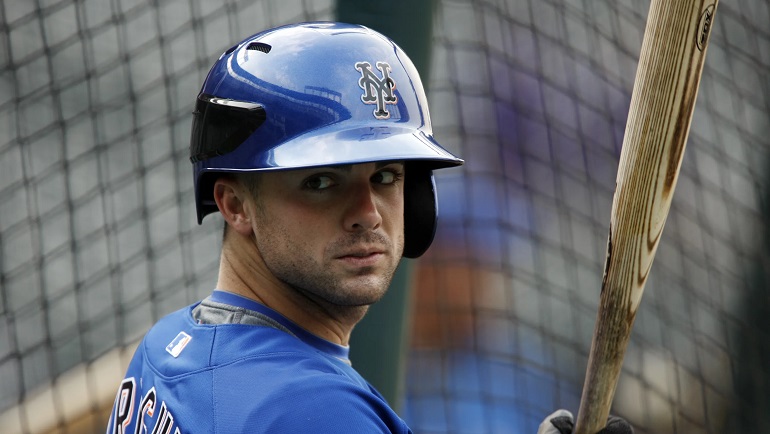
2. Baseball Cap
For additional head protection, you can purchase lightweight plastic shells that fit inside baseball caps. To ensure proper fit, you must remove your baseball cap before donning your batting helmet.
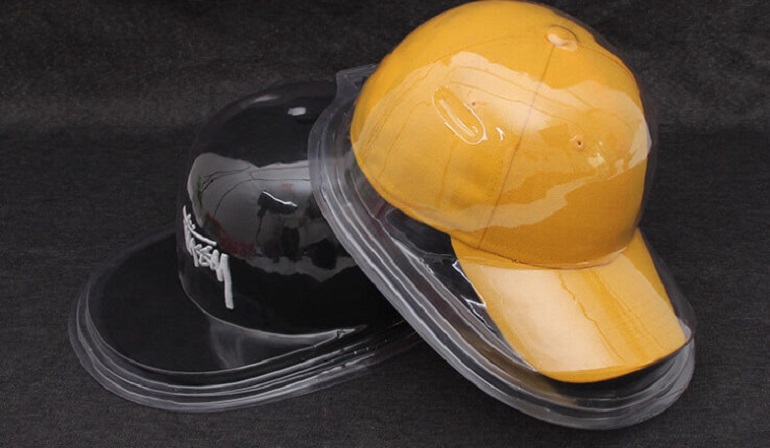
3. Cleats
Most Major League Baseball players wear cleats made of metal. Metal cleats improve stability and grip on the field, which is particularly important for fast-moving players. Rubber cleats are less effective than metal cleats at securing your feet while walking on the ground.

4. Gloves
Gloves for hitting in baseball help to prevent scrapes and blisters. These gloves also improve grip, reducing the likelihood of a player being struck by a stray bat. Some batting gloves are equipped with additional wrist support or padding to prevent wrist and hand injuries.
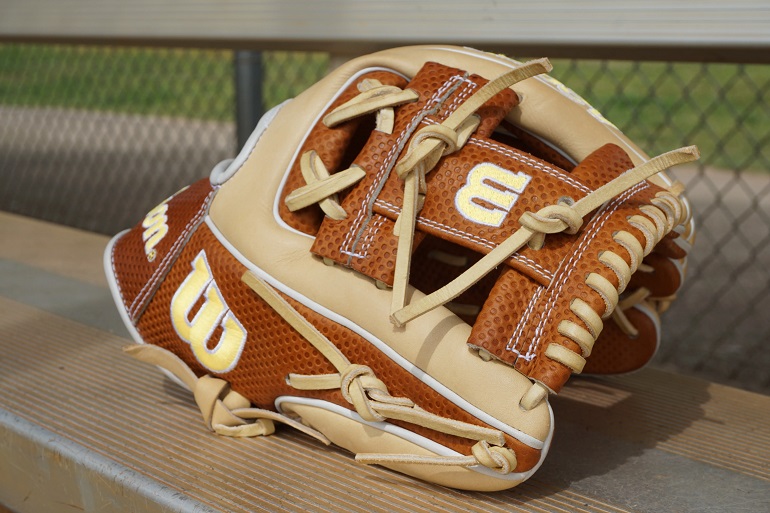
5. Athletic Supporter and Cup
Athletic supporters and cups protect field players from groin injuries. Sliding pants are worn under a baseball uniform to provide additional protection against injuries such as scrapes that can occur while sliding.
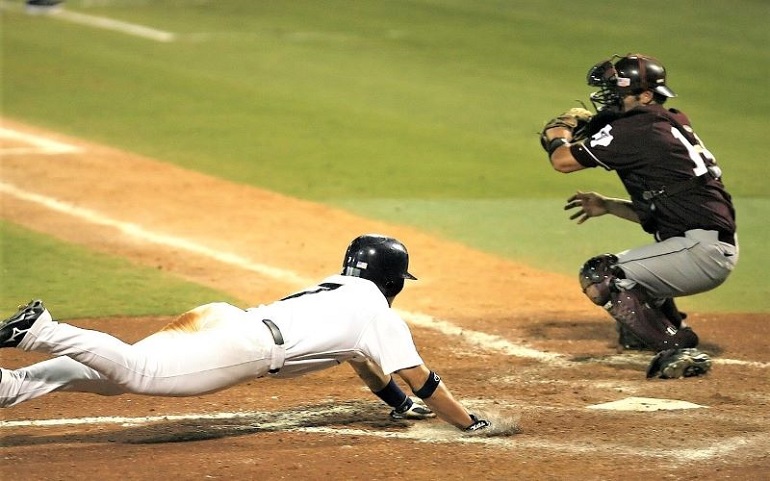
6. Eye Protection
Sunglasses are needed to shield the eyes from harmful UV radiation. Ensure that baseball sunglasses have a label indicating that they block 100% of UVA and UVB rays and are impact resistant. Sunglasses with a wraparound design also protect against the dust and dirt kicked up on the baseball field.
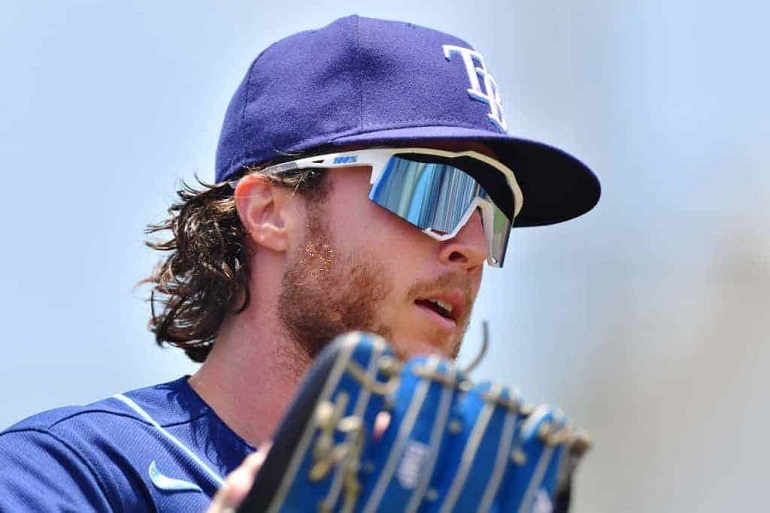
Catchers’ Safety Equipment List
Baseball catchers are in a particularly vulnerable position, so the list of protective equipment for baseball is expanded.
1. Face Mask
A catcher’s mask protects the catcher from head injuries, similar to a baseball helmet, but with an additional safety benefit as it also includes a face cage. One-piece masks provide superior protection and are frequently mandated by youth leagues, whereas two-piece masks are easier to remove.
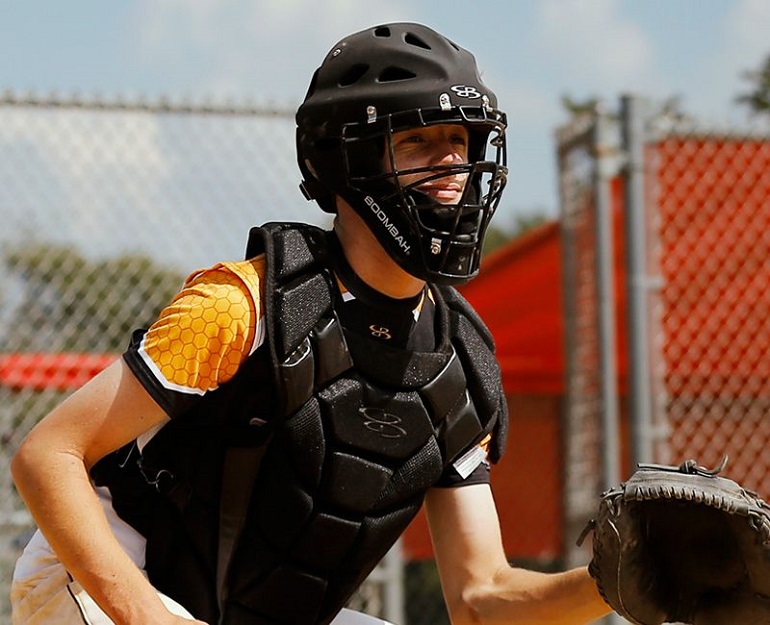
2. Chest Protector
The catcher must wear a chest protector to protect his torso from impact injuries.

3. Leg Guards
Leg guards protect the catcher’s legs from impact and provide support for their knees while squatting or kneeling in a catching position.
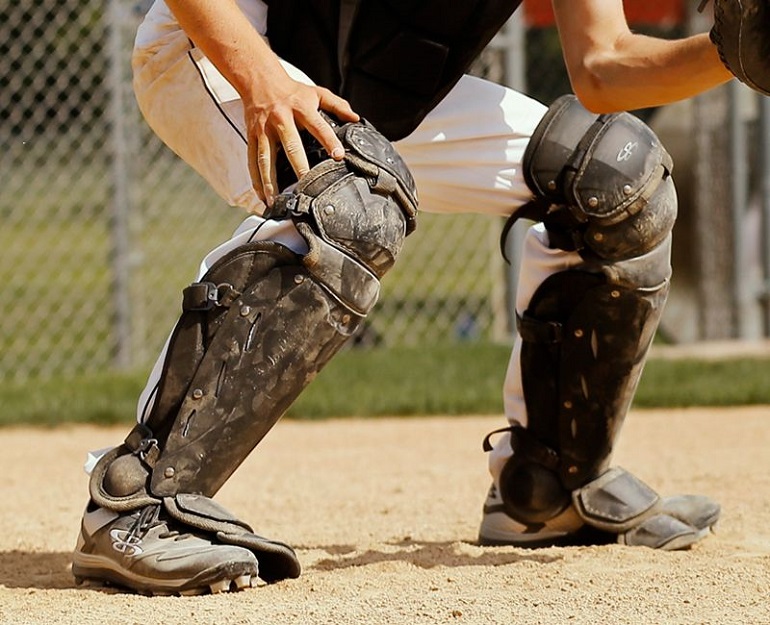
4. Knee Guards
Knee guards or savers are extra foam pieces that attach to the back of leg guards. Knee savers alleviate pressure on the knees.
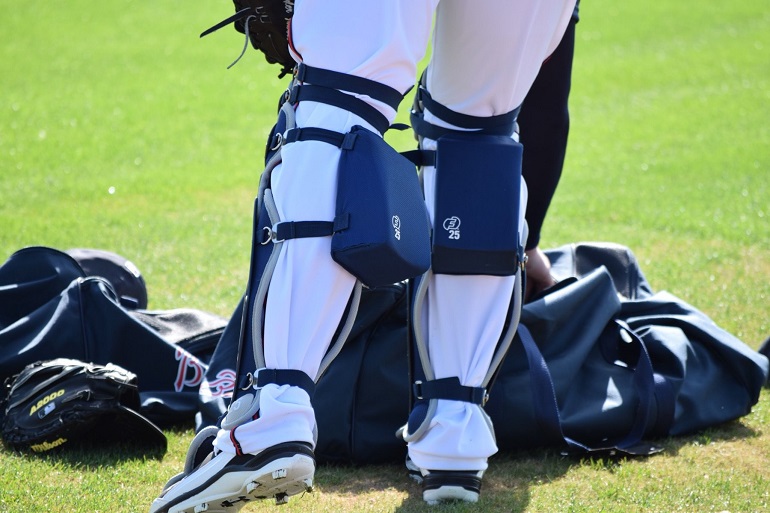
5. Throat protector
A throat protector is a solid piece of plastic concealing the front of the catcher’s neck to prevent impact injuries to the throat.
How to Maintain Your Baseball Equipment
For optimal protection, you must regularly maintain your baseball safety equipment. Before each game and practice, inspect equipment for damage and ensure proper fit. Replace any loose or damaged straps, hooks, or clasps prior to use.
The labels on the batter’s helmets indicate whether or not they can be reconditioned. A helmet with cracks, worn or lose padding, or missing components must be replaced or refurbished. Reconditioning helmets should only be performed by trained NAERA members. Helmets can be washed with warm water and mild detergent, but they should never be submerged in water or cleaned with aggressive household cleaners. The exterior of the helmet should not be painted or decorated, as this could compromise its performance.
When not in use, protective baseball equipment should be stored indoors and out of direct sunlight. As high temperatures can cause damage, do not store your baseball equipment in your vehicle. After each use, filthy equipment should be cleaned to prevent the spread of mould and bacteria. According to the manufacturer’s instructions, chest and leg guards can be aired out and wiped clean.

